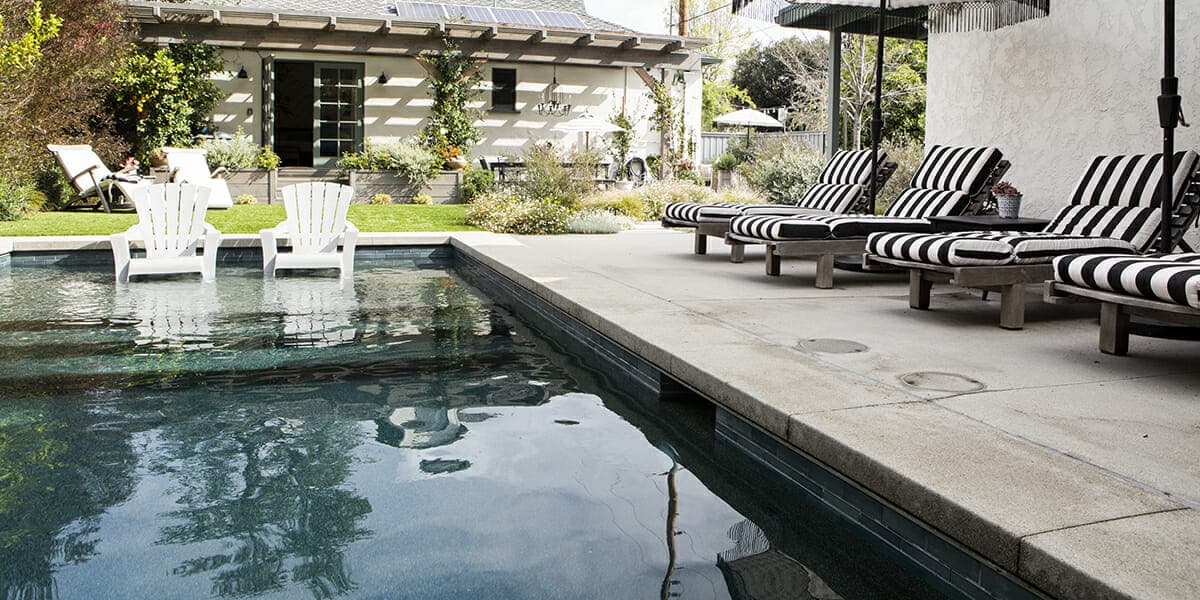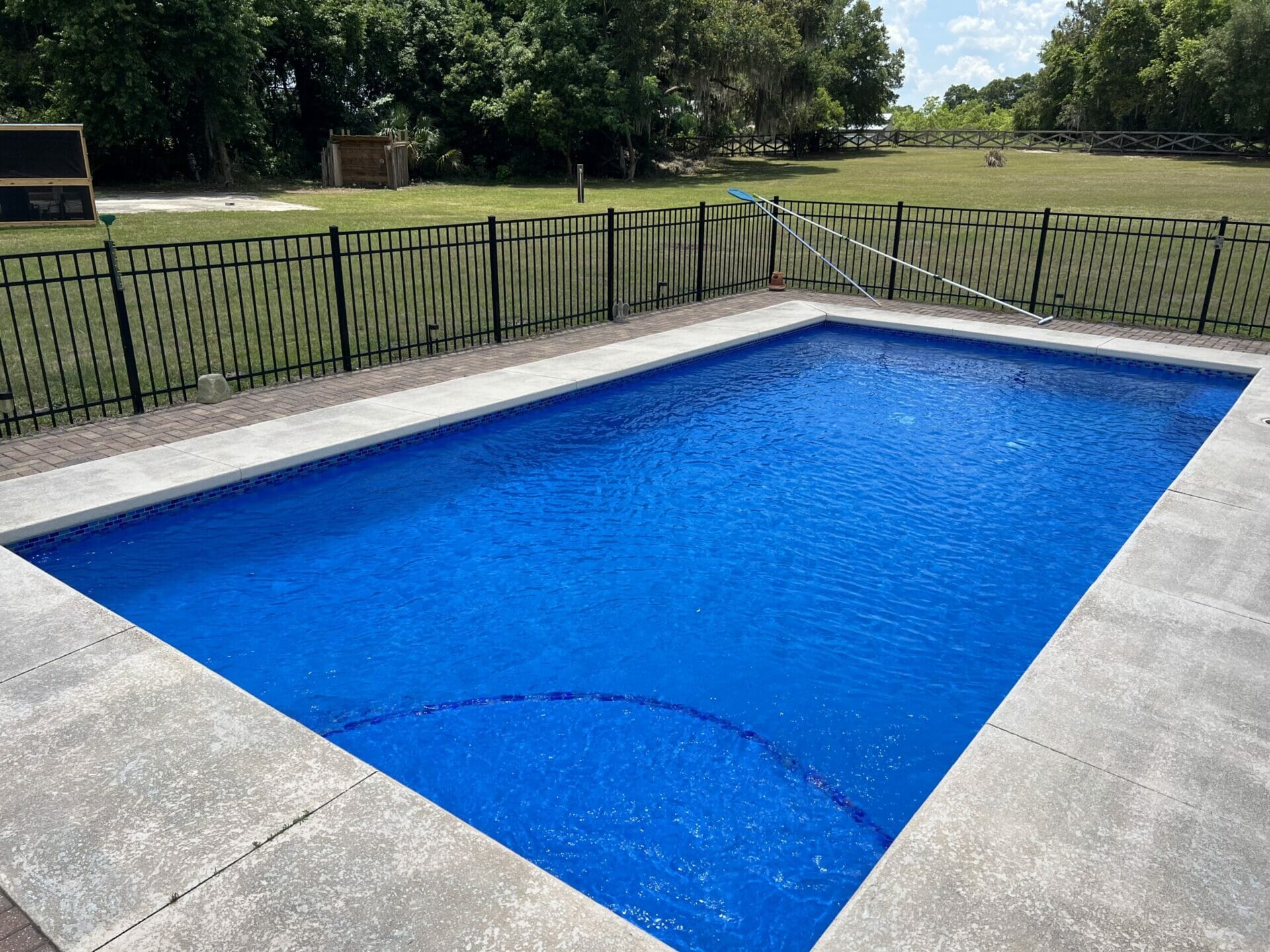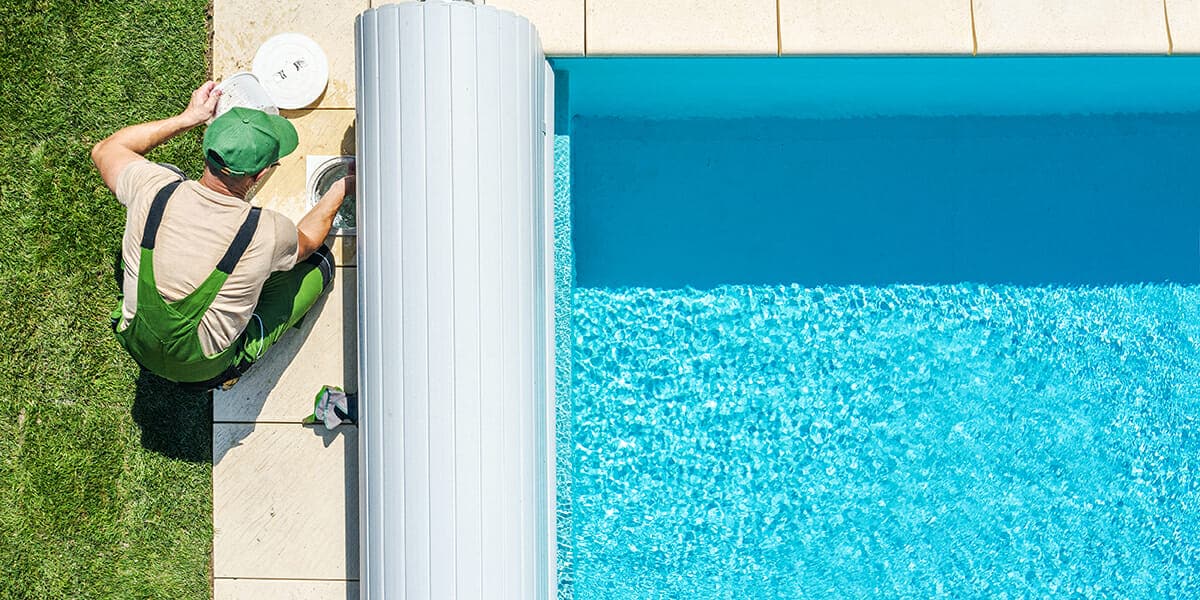When it comes to maintaining your pool, one crucial aspect is the pool resurfacing process. Over time, your pool’s surface may begin to show signs of wear and tear, making resurfacing a necessary step to restore its aesthetic and functional qualities. This blog will delve into the detailed process of replacing tiles during the pool resurfacing process, highlighting the importance of this step, and providing insights into how to effectively manage it.
The Importance of Pool Resurfacing
Pool resurfacing is essential for several reasons:
- Enhanced Aesthetics: Resurfacing your pool can significantly enhance its visual appeal, giving it a fresh, clean look.
- Improved Durability: A new surface can make your pool more resistant to damage and extend its lifespan.
- Safety: Resurfacing eliminates rough patches and cracks that could cause injuries to swimmers.
- Increased Property Value: A well-maintained pool can increase the value of your property.
Signs Your Pool Needs Resurfacing
Identifying when your pool needs resurfacing is crucial. Here are some common signs:
- Visible Cracks: Cracks in the pool’s surface can lead to leaks and further damage.
- Rough Texture: A rough pool surface can be uncomfortable and unsafe for swimmers.
- Stains and Discoloration: Persistent stains and discoloration indicate that the pool surface is deteriorating.
- Water Loss: Unexplained water loss could be due to leaks in the pool’s surface.
- Outdated Appearance: An old, worn-out look detracts from your pool’s appeal.
The Pool Resurfacing Process
The pool resurfacing process involves several steps, each critical to achieving a high-quality finish. Here’s a comprehensive look at each stage:
1. Draining the Pool
The first step in the pool resurfacing process is draining the pool completely. This allows for a thorough inspection and easier access to the pool’s surface.
2. Preparing the Surface
After draining the pool, the next step is to prepare the surface. This involves:
- Cleaning: Removing all debris, algae, and dirt from the pool’s surface.
- Repairing: Fixing any cracks, chips, or structural issues.
- Sanding and Grinding: Smoothing out the surface to ensure the new finish adheres properly.
3. Removing Old Tiles
Tile removal is a critical step in the resurfacing process. It involves:
- Chipping Away Old Tiles: Using tools to carefully remove the existing tiles without damaging the underlying structure.
- Cleaning the Area: Ensuring the surface is clean and ready for new tile installation.
4. Installing New Tiles
Once the old tiles are removed, the installation of new tiles can begin. This step involves:
- Choosing the Right Tiles: Selecting tiles that match your desired aesthetic and provide durability.
- Applying Adhesive: Using a high-quality adhesive to secure the tiles in place.
- Grouting: Filling the spaces between the tiles with grout to create a smooth, water-tight surface.
5. Applying the New Surface
With the tiles in place, the new surface material can be applied. Popular options include:
- Quartz Surface: A mix of quartz aggregate and polymer-modified cement for a durable and attractive finish.
- Pebble Surface: A blend of hand-selected pebbles for a natural, textured look.
- Glass Bead Surface: Incorporating glass beads for a striking, mosaic-like appearance.
Benefits of Tile Replacement During Resurfacing
Replacing tiles during the pool resurfacing process offers several benefits:
- Updated Look: New tiles can transform the appearance of your pool, giving it a modern, fresh look.
- Increased Durability: High-quality tiles are more resistant to wear and damage.
- Enhanced Safety: Smooth, well-installed tiles reduce the risk of injuries.
- Improved Functionality: Properly installed tiles can improve the pool’s overall functionality and ease of maintenance.
Tips for Successful Tile Replacement
To ensure successful tile replacement during the pool resurfacing process, consider the following tips:
- Hire Professionals: Pool resurfacing and tile replacement are complex tasks best handled by experienced professionals.
- Choose Quality Materials: Invest in high-quality tiles and resurfacing materials to ensure longevity and durability.
- Regular Maintenance: Maintain your pool regularly to prolong the life of the new surface and tiles.
- Consider Aesthetics: Choose tiles and surfaces that complement your pool area and enhance its visual appeal.
FAQs
What is pool resurfacing?
Pool resurfacing involves applying a new finish to the pool’s interior surface, enhancing its appearance and functionality.
How often should a pool be resurfaced?
Typically, a pool should be resurfaced every 10-15 years, depending on usage and maintenance.
Can I replace tiles without resurfacing the entire pool?
Yes, you can replace tiles without resurfacing the entire pool, but it is often more cost-effective and efficient to do both simultaneously.
What materials are best for pool tiles?
Popular choices for pool tiles include ceramic, porcelain, glass, and natural stone, each offering unique benefits in terms of durability and aesthetics.
How long does the pool resurfacing process take?
The duration of the pool resurfacing process can vary, but it typically takes 1-2 weeks, depending on the extent of the work required.
Conclusion
Replacing tiles during the pool resurfacing process is a crucial step in maintaining and enhancing your pool’s appearance and functionality. By following the detailed steps outlined above and investing in high-quality materials and professional services, you can ensure a successful and long-lasting pool renovation. Regular maintenance and timely resurfacing will keep your pool in excellent condition, providing a safe and enjoyable environment for years to come.
Call Clements Pool Services and Remodeling Today!
Are you ready to give your pool a fresh, new look? Contact us today for a free quote and let our experienced team transform your pool with our comprehensive pool resurfacing and tile replacement services.






